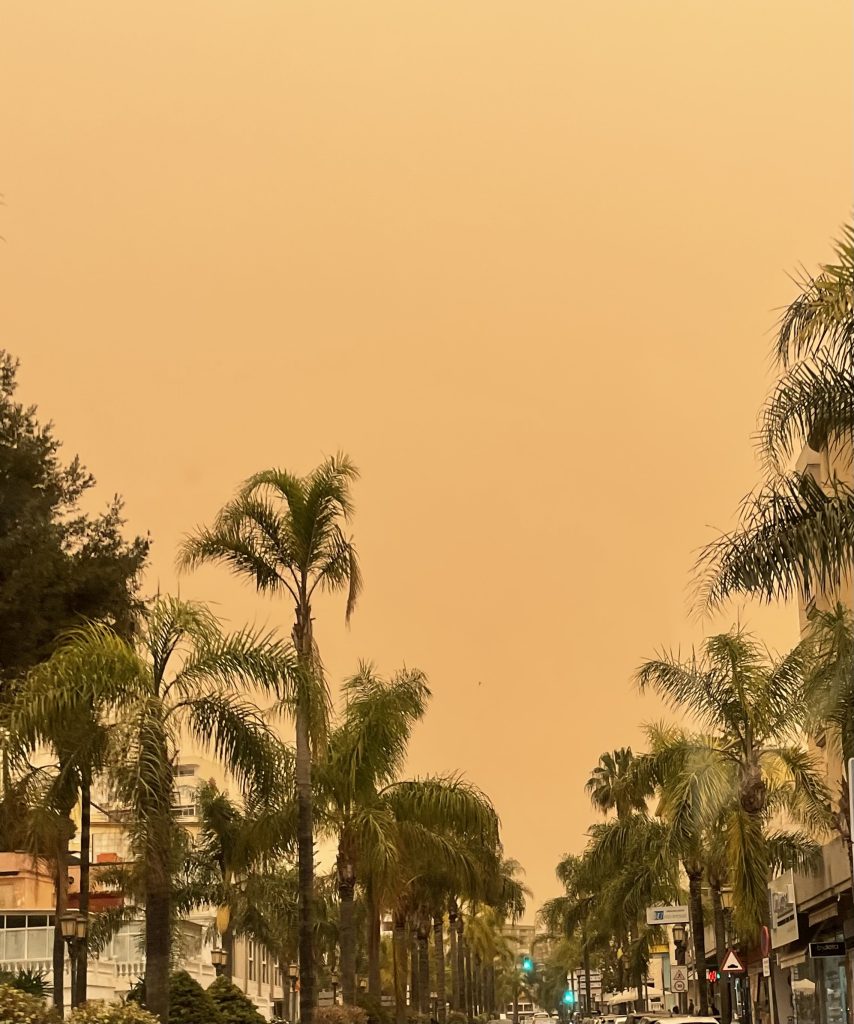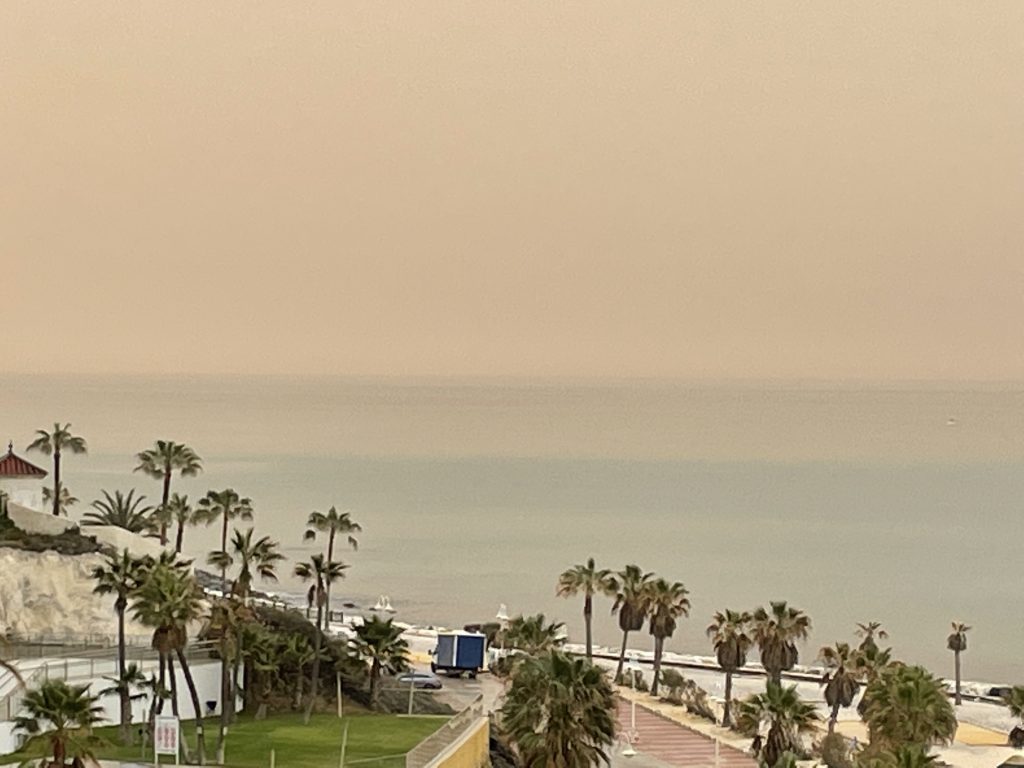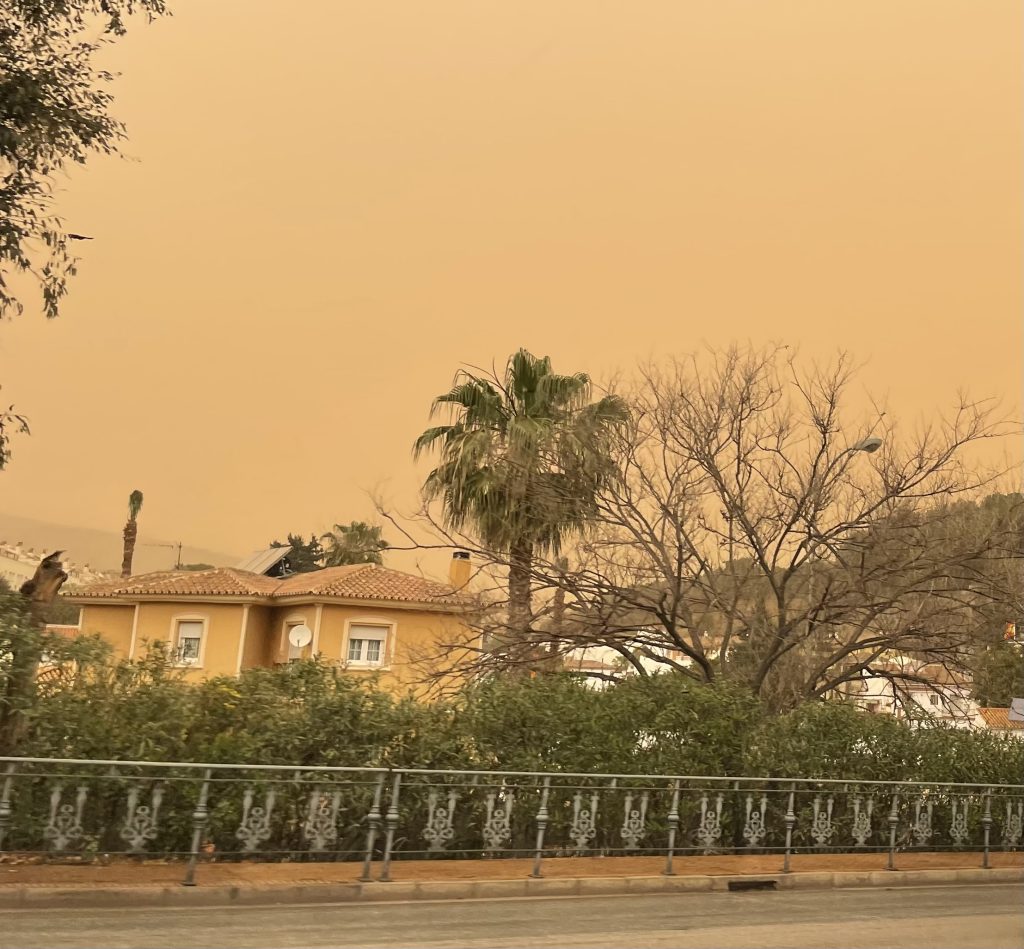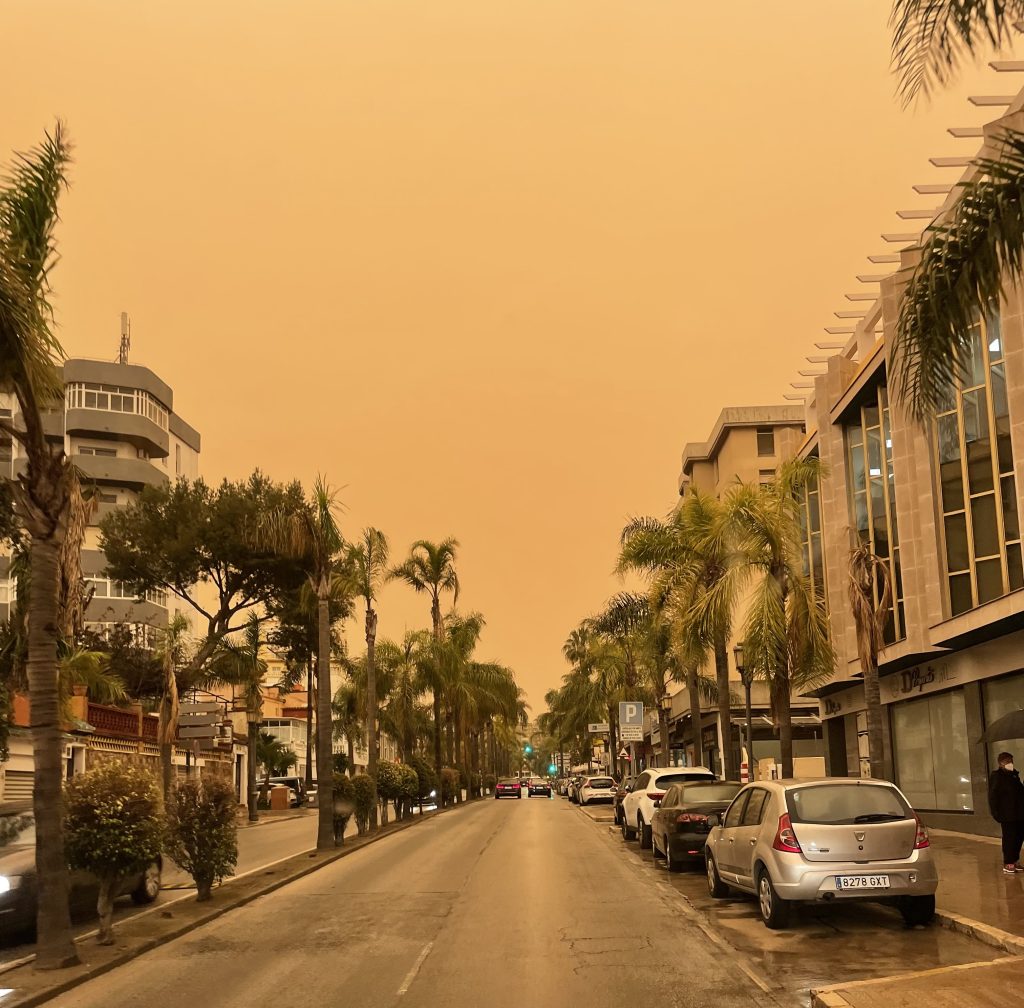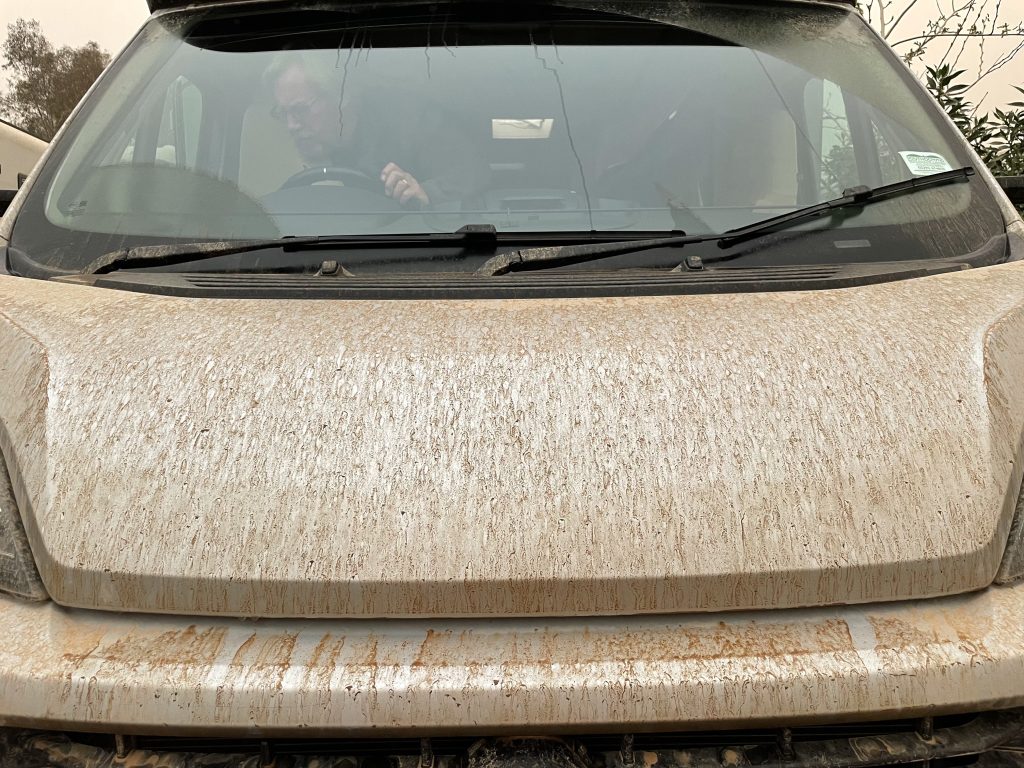Running from Sotogrande in the south to Nerja in the east, the Costa del Sol stretches about 100 miles along the Mediterranean, in the province of Malaga.
The first most noticeable thing about the Mediterranean beaches on the Costa del Sol is the different coloured sand to that on the Atlantic coast. Here it’s a grey/brown colour, whereas the sand on the Costa de la Luz was silver and golden in colour.
The next most noticeable thing was the lack of people, we had assumed the Costa del Sol was busy all year round as it’s one of the warmest places in Europe in the winter.
The next thing that struck us was the fact that we liked it more than we had expected. Usually seeking out nature, fauna and flora, we weren’t expecting to appreciate the coastline of continuous resorts in any shape or form, with so many holiday apartments and very little space for wildlife.
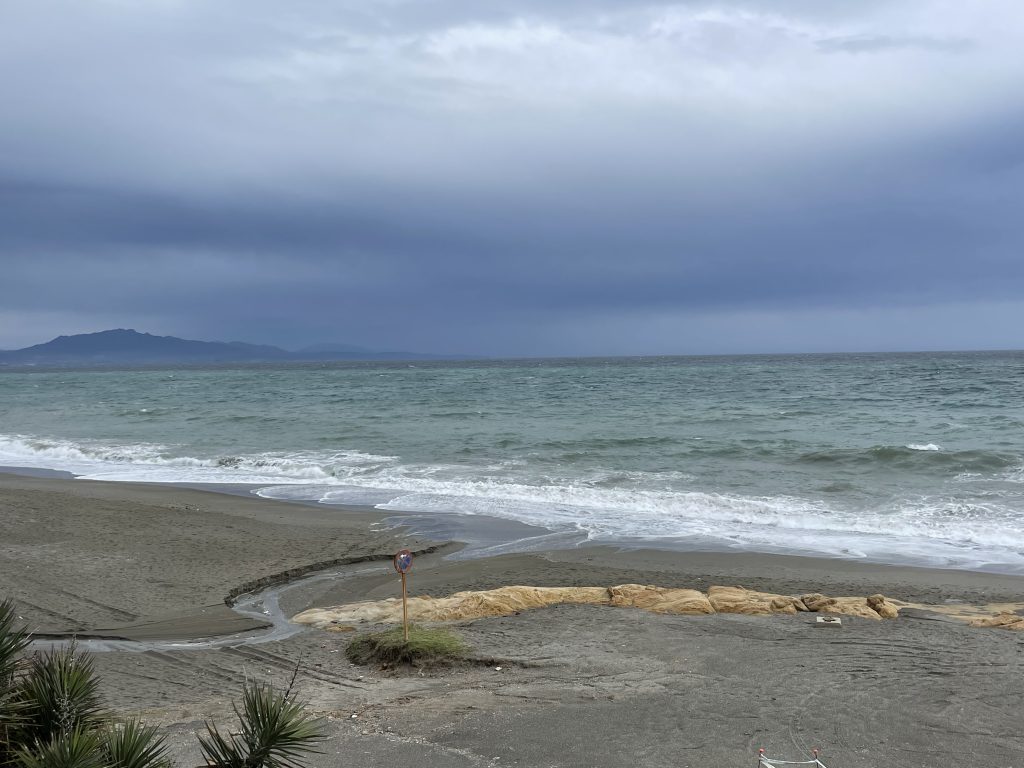
We started the Costa del Sol at the southernmost part, north of Gibraltar, at Playa de Cala Sardina – Sardine Cove Beach – where the first ’urbanisation’ by the Med was spotted. (Urbanisation is the term the Spanish give to new housing developments). We moved north from there to the first large town, Estepona, which was beautifully maintained with the sides of the roads decorated with carpets of brightly coloured begonias, marigolds, geraniums and roundabouts with fountains. It felt like a nice place to spend a winter if you didn’t prefer travelling and exploring like we do.
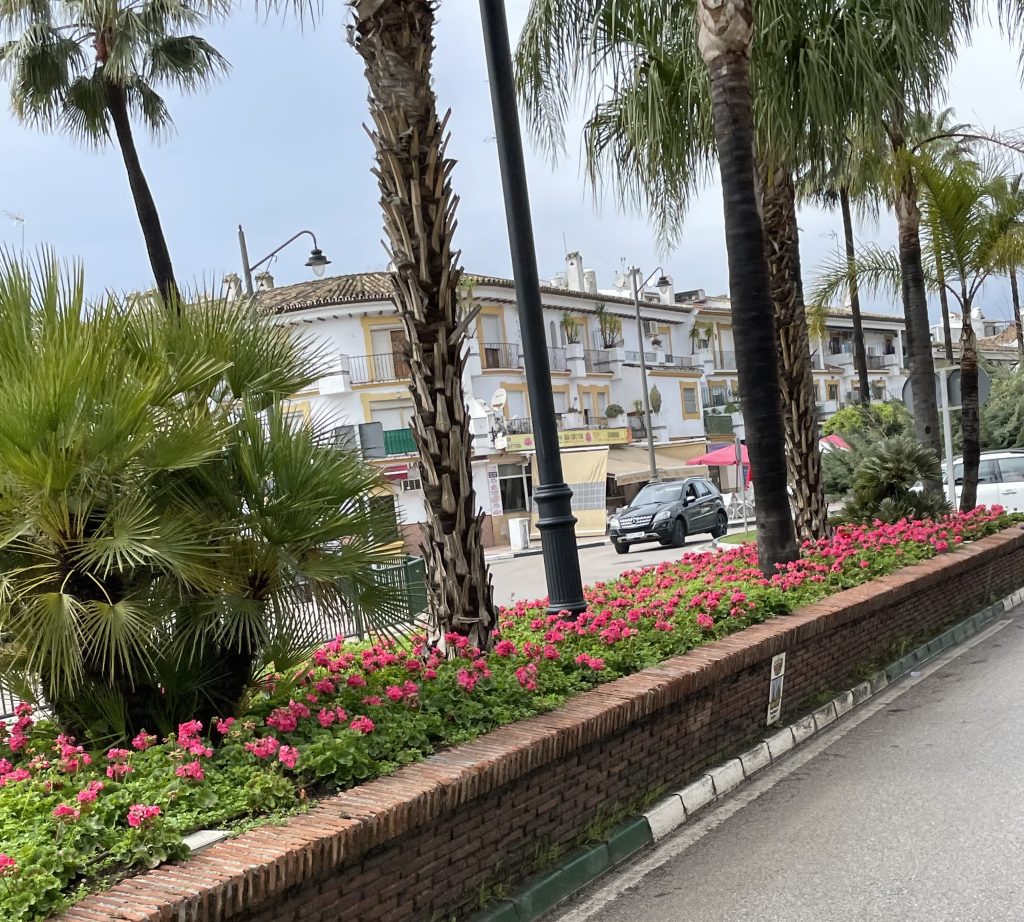
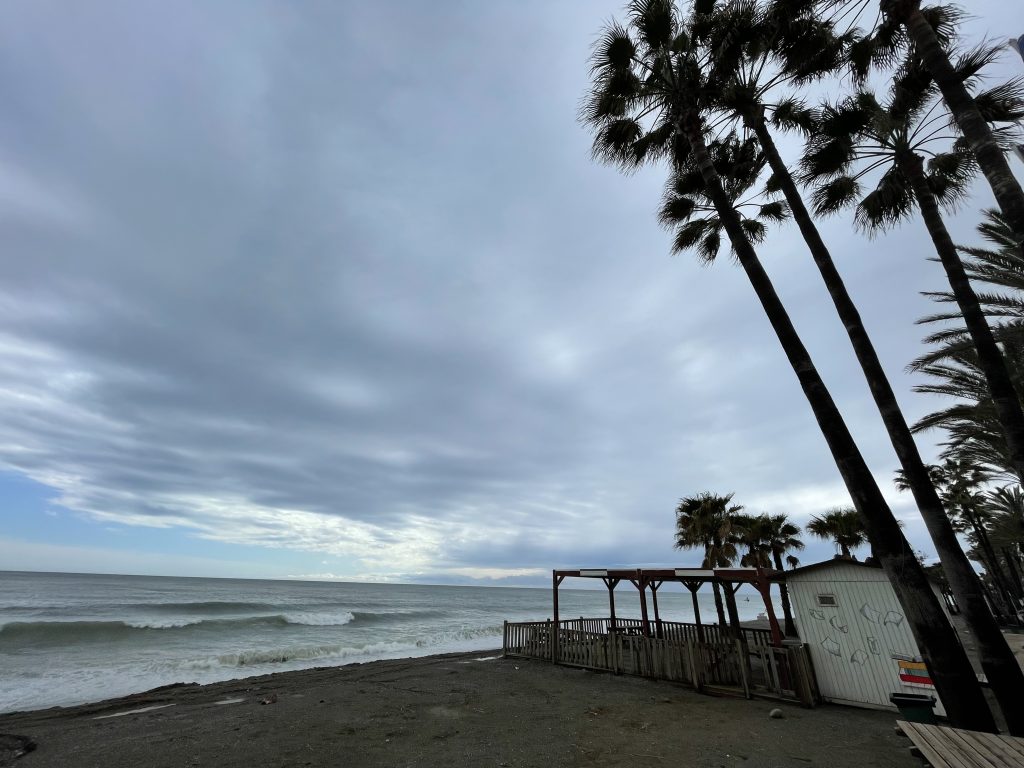
Then on to San Pedro de Alcantara, a sleepy seaside area between Estepona and Marbella. We cycled from here to Puerto Banus, an exclusive marina for the super rich. The quayside was full of expensive designer shops with no one in them, and the bars and restaurants were bursting with the overtly rich. We had to push our bikes under the barriers at each end of this exclusive area, the likes of us were not deemed worthy, but we wanted to look anyway.
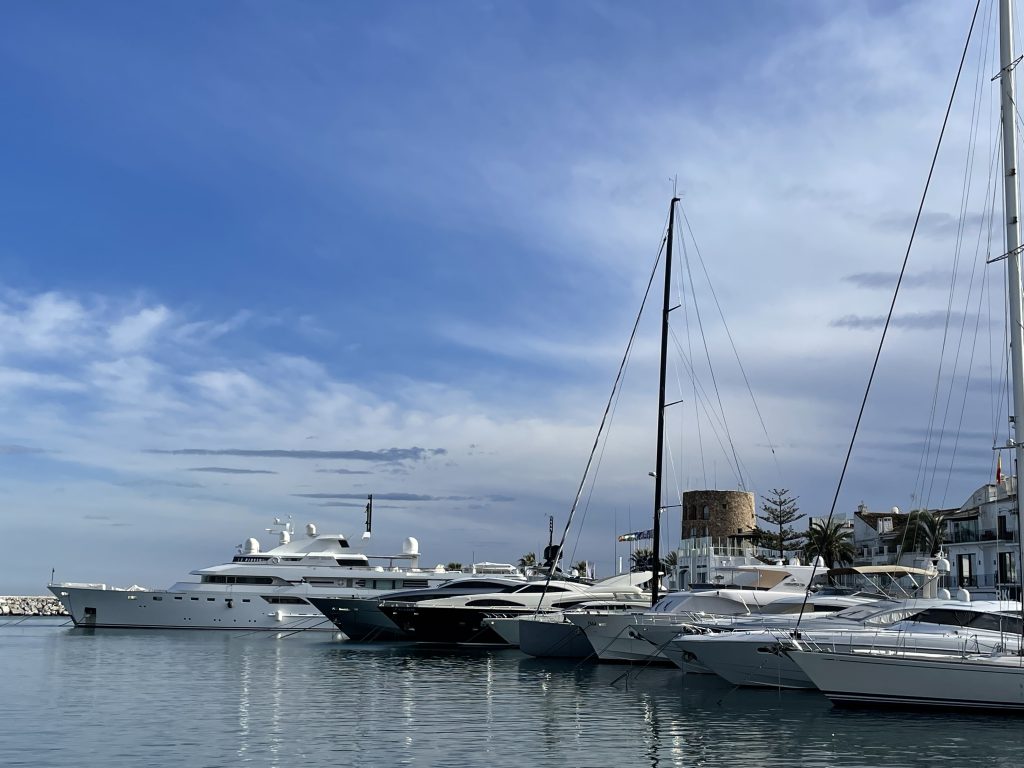
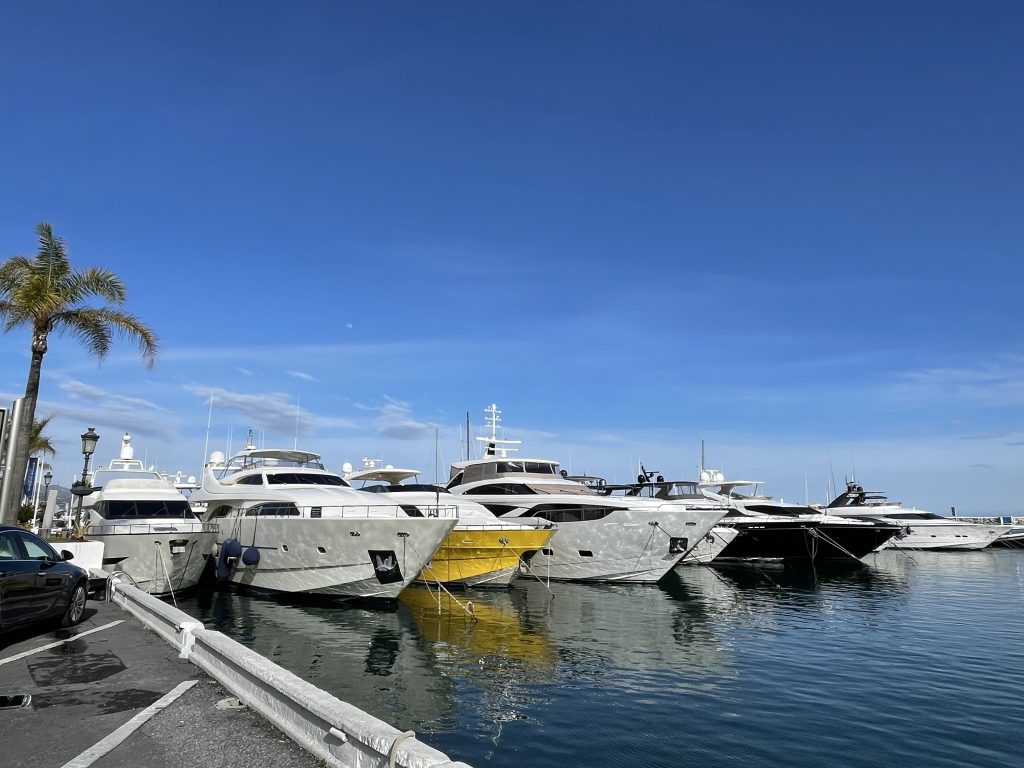
Just north of Puerto Banus was Marbella proper. The high rise blocks of apartments and sudden increase in the number of people didn’t do much for us, nor the African men’s ‘mobile shops’ selling ’designer’ handbags, watches and sunglasses along the promenade.
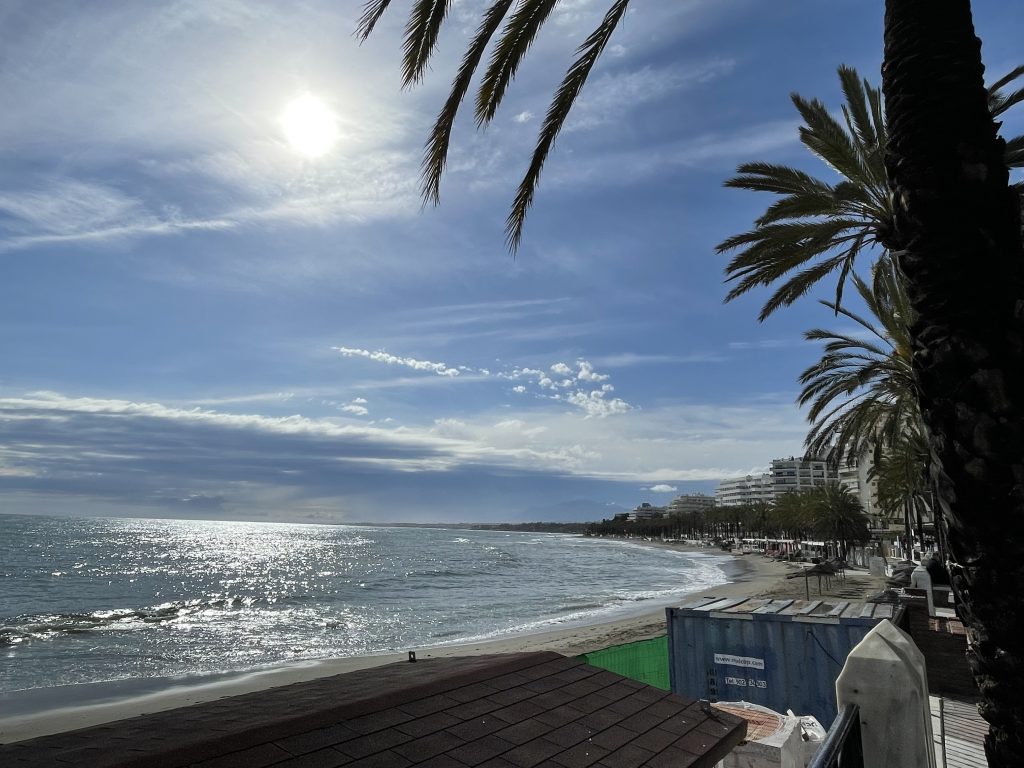
Beyond Marbella we passed quickly through Fuengirola, Benalmadena and Torremolinos, where the high rise blocks of apartments and restaurants and casinos dominated every angle of vision.
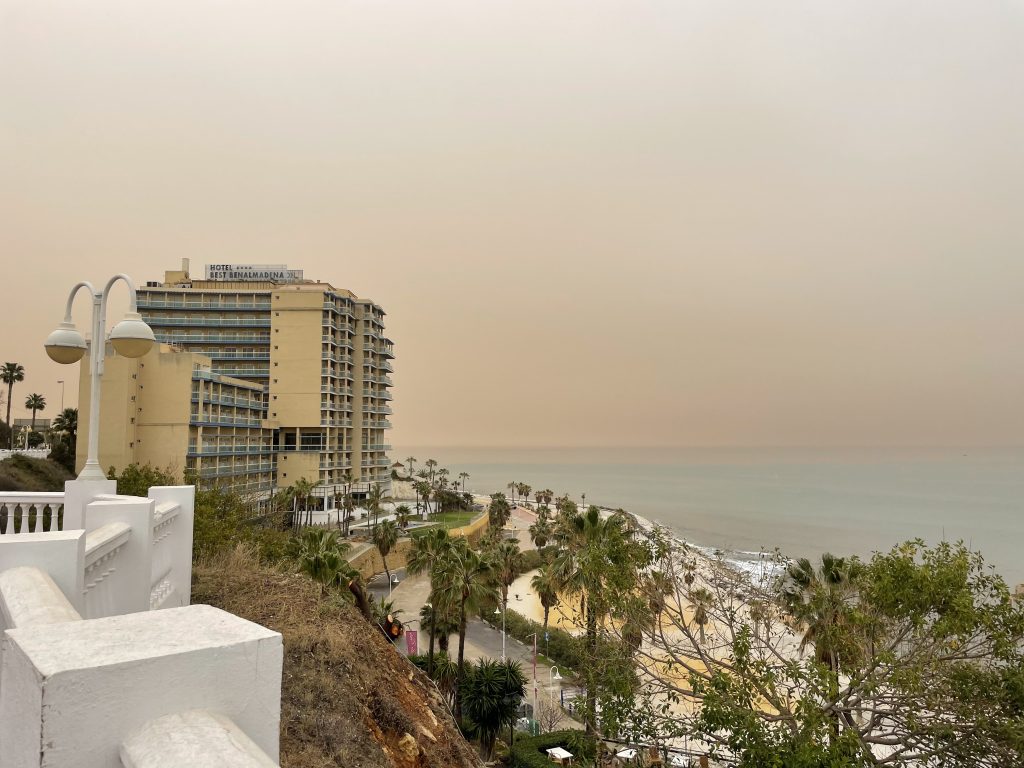
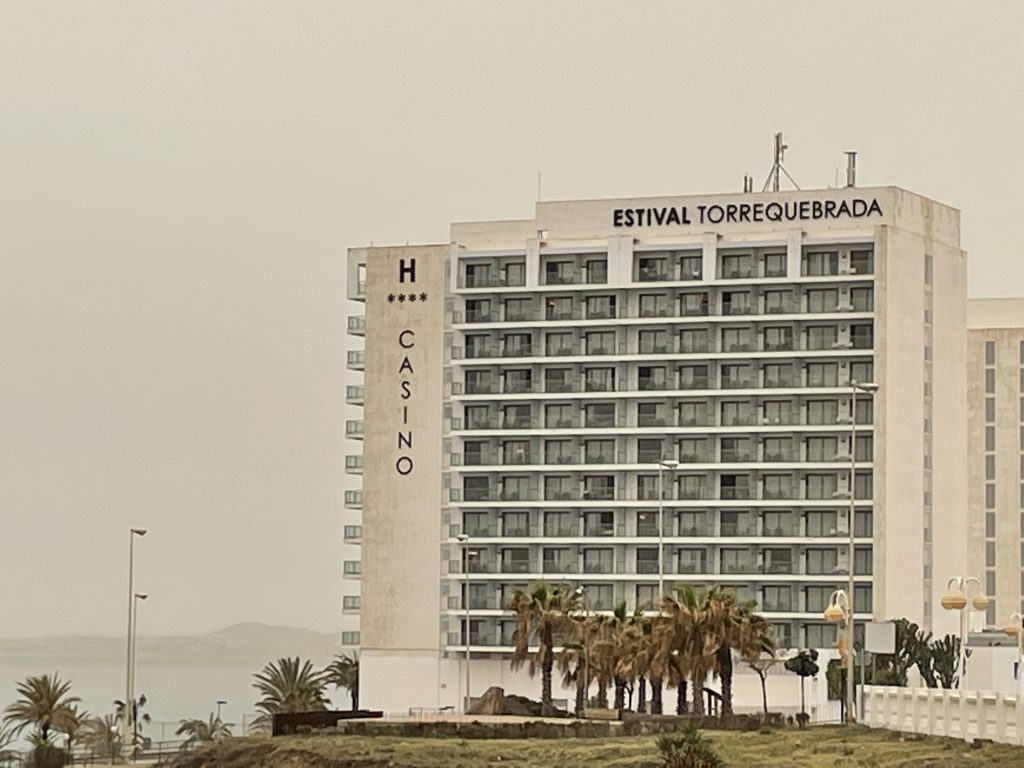
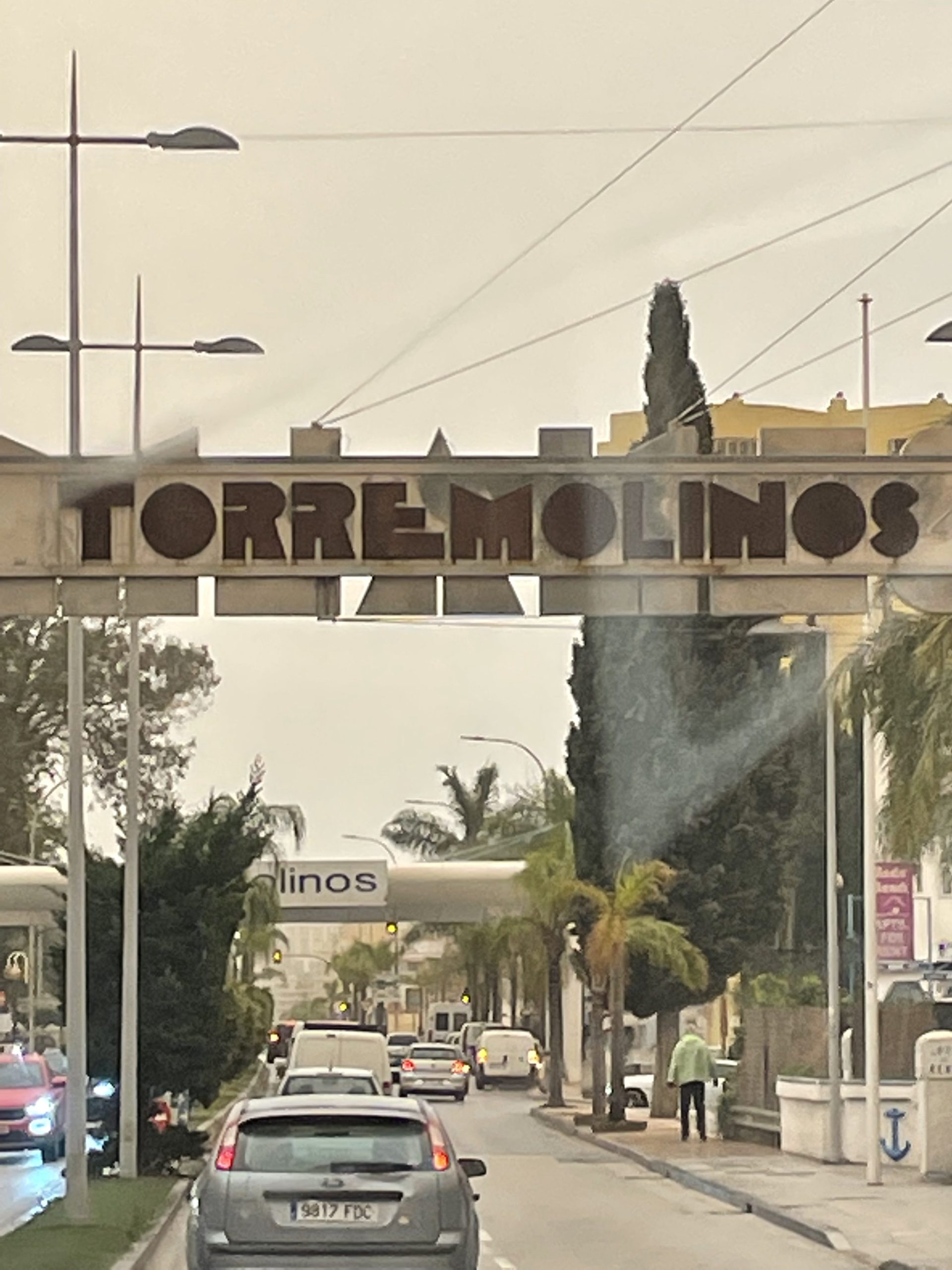
La Cala del Moral, 8 miles east of Malaga, a Spanish town on the Med which has a nice ‘we could live here’ atmosphere. It isn’t a resort, it’s a town where Spaniards live who work in Malaga. The shops are independent: grocers, delis, bakers, iron mongers, barbers, gyms, all you need without visiting a supermarket, and the beachfront is a mix of small traditional brightly tiled villas and super modern cubes of polished concrete and glass. Lovely. Shame the beach is almost black.
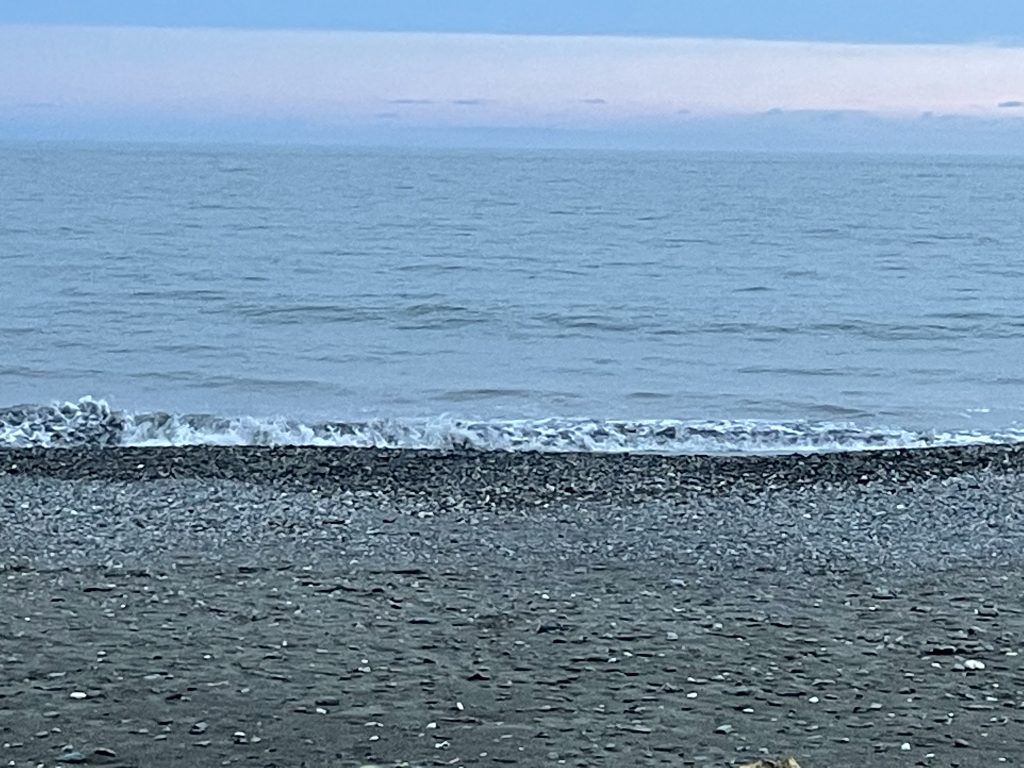
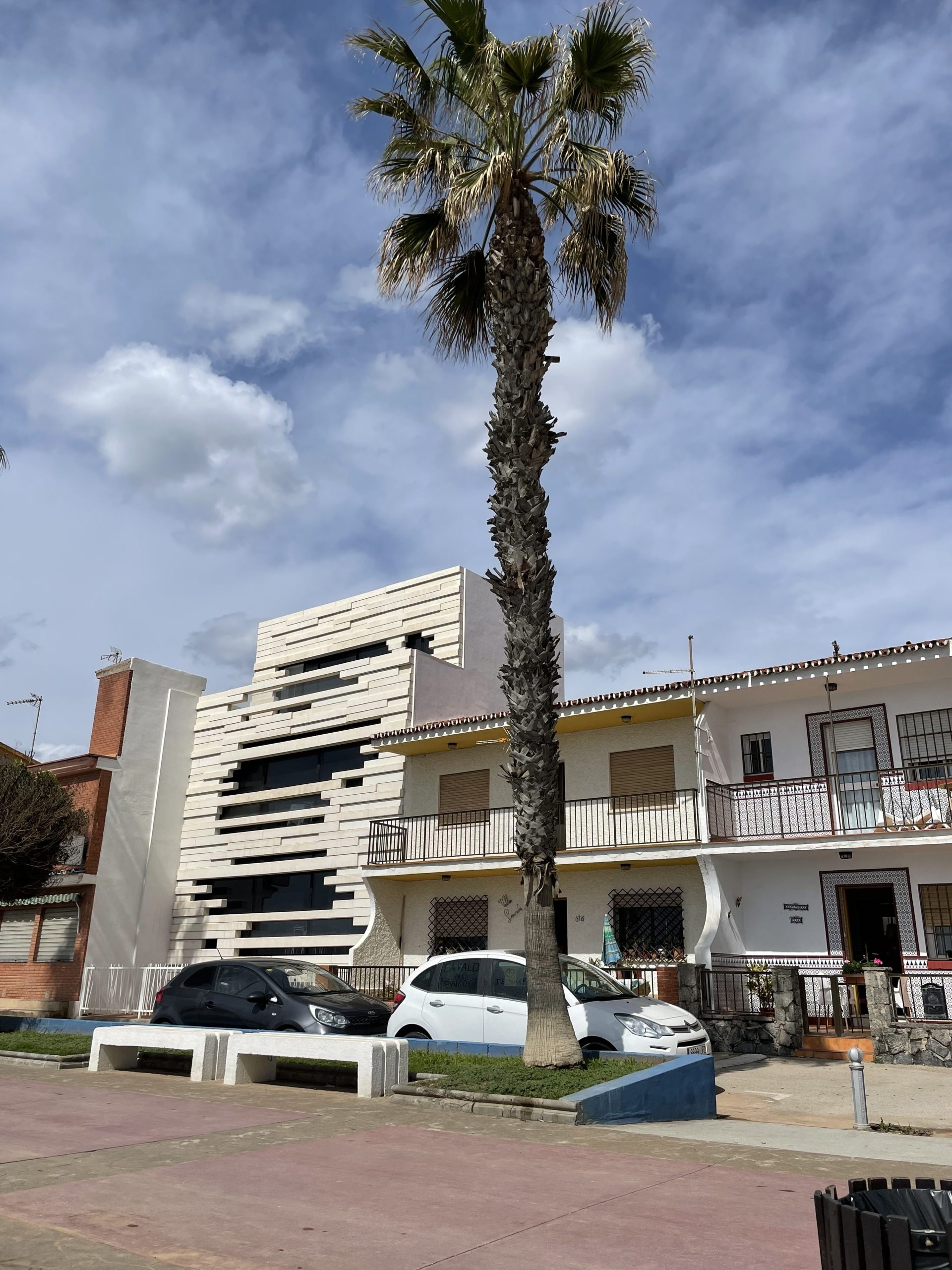
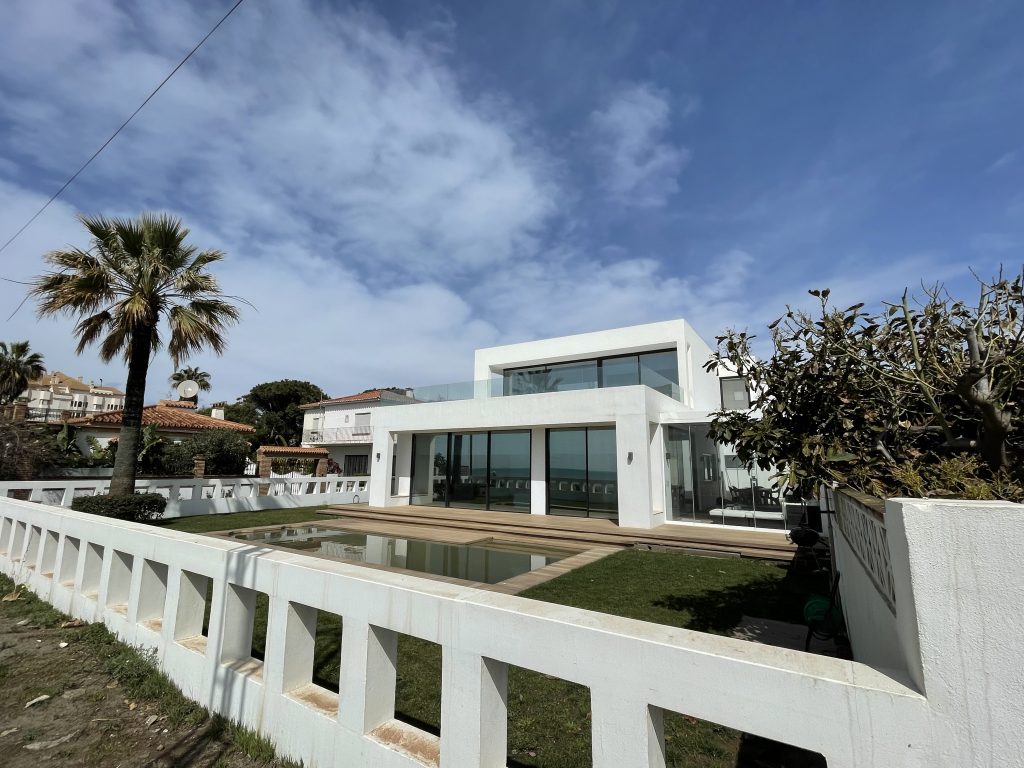
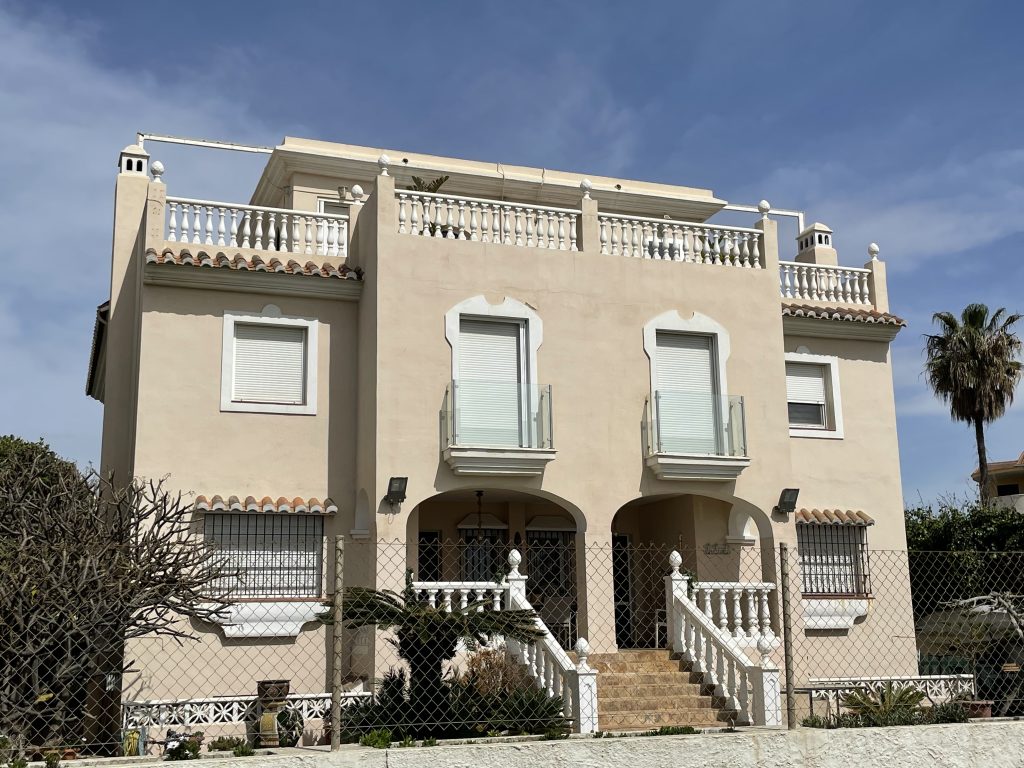
The most interesting and novel experience we had along the Costa del Sol was the ‘orange sky’ during the daytime caused by Sahara sand held in the rainclouds. It was disorienting as you felt like it was sunset at 11am, and the dust got in the back of your throat, and coated the cars and pavements.
